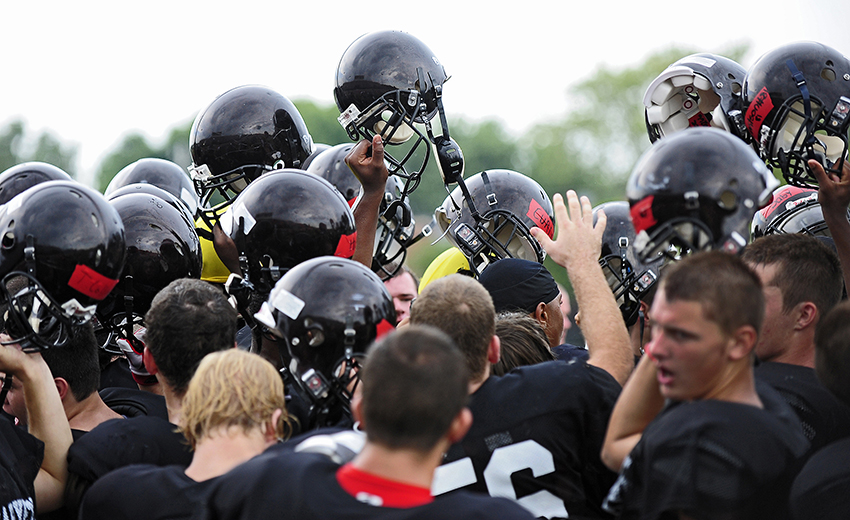When it comes to head impact in youth football, it is not just concussion that affects the brain. In a new study, researchers identified white matter changes in the brains of children after just a single season of playing football, even in the absence of a concussion diagnosis.
While participation in sports has clear health benefits, the risks cannot be overlooked; each year in the US, more than 3.5 million injuries are incurred through youth sports, with the majority occurring in contact sports - such as football.
Among the most serious injuries are those to the head; according to the US Centers for Disease Control and Prevention (CDC), in 2009, almost 250,000 children and adolescents were admitted to emergency departments as a result of sports-related injuries that involved traumatic brain injury (TBI) or concussion.
A number of studies have documented the effects concussion can have on the brain which can lead to changes in the brain’s white matter that persist for at least 6 months.
However, Dr. Christopher T. Whitlow - lead author of the new study and associate professor and chief of neuroradiology at Wake Forest School of Medicine in Winston-Salem, NC - notes that in relation to youth sports, few researchers have investigated the brain effects of head impact that does not result in a concussion diagnosis.
“Most investigators believe that concussions are bad for the brain, but what about the hundreds of head impacts during a season of football that don’t lead to a clinically diagnosed concussion?,” asks Whitlow. “We wanted to see if cumulative sub-concussive head impacts have any effects on the developing brain.”
For their study - published in the journal Radiology - Dr. Whitlow and team enrolled 25 male youth football players aged 8-13 years, medicalnewstoday.com reported.
Cumulative Exposure
Using data from the Head Impact Telemetry System (HITs) - software that monitors the frequency and severity of head impacts in sports - researchers tracked the cumulative exposure to head impacts among the participants over one football season.
Before and after the football season, each player underwent diffusion tensor imaging (DTI) of the brain - a form of advanced magnetic resonance imaging (MRI) that can identify small changes to the structure of white matter.
Specifically, the team looked at fractional anisotropy (FA) measurements - the movement of water molecules along nerve fibers in the brain called axons.
Researchers explain that in healthy white matter, FA is high, representing a more uniform water movement. In some studies, irregular water movement has been associated with reduced FA and brain abnormalities.
In their analysis, Whitlow and team found that the youths who had experienced higher cumulative head impact exposure showed reduced FA in certain areas of the brain, compared with those who had low exposure to head impacts.
Importantly, the team point outs that none of the players had signs or symptoms of concussion.


